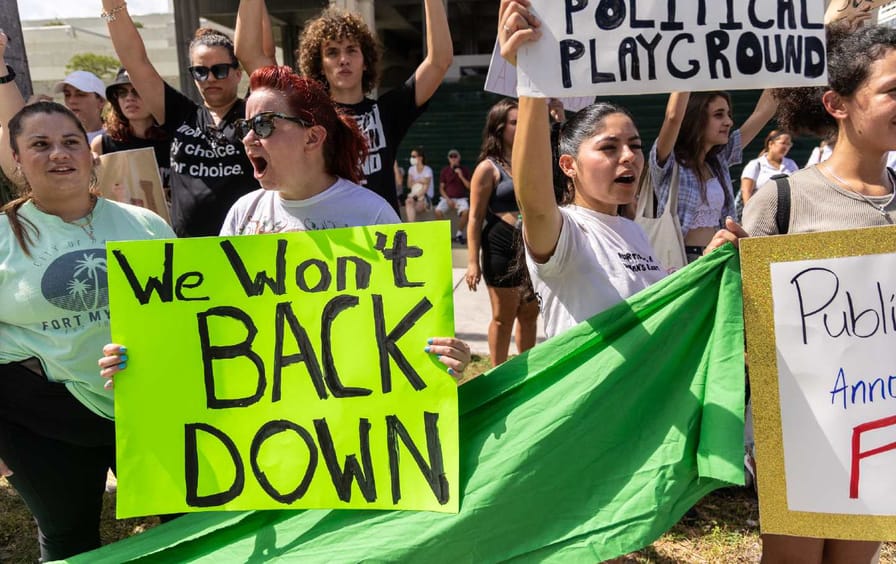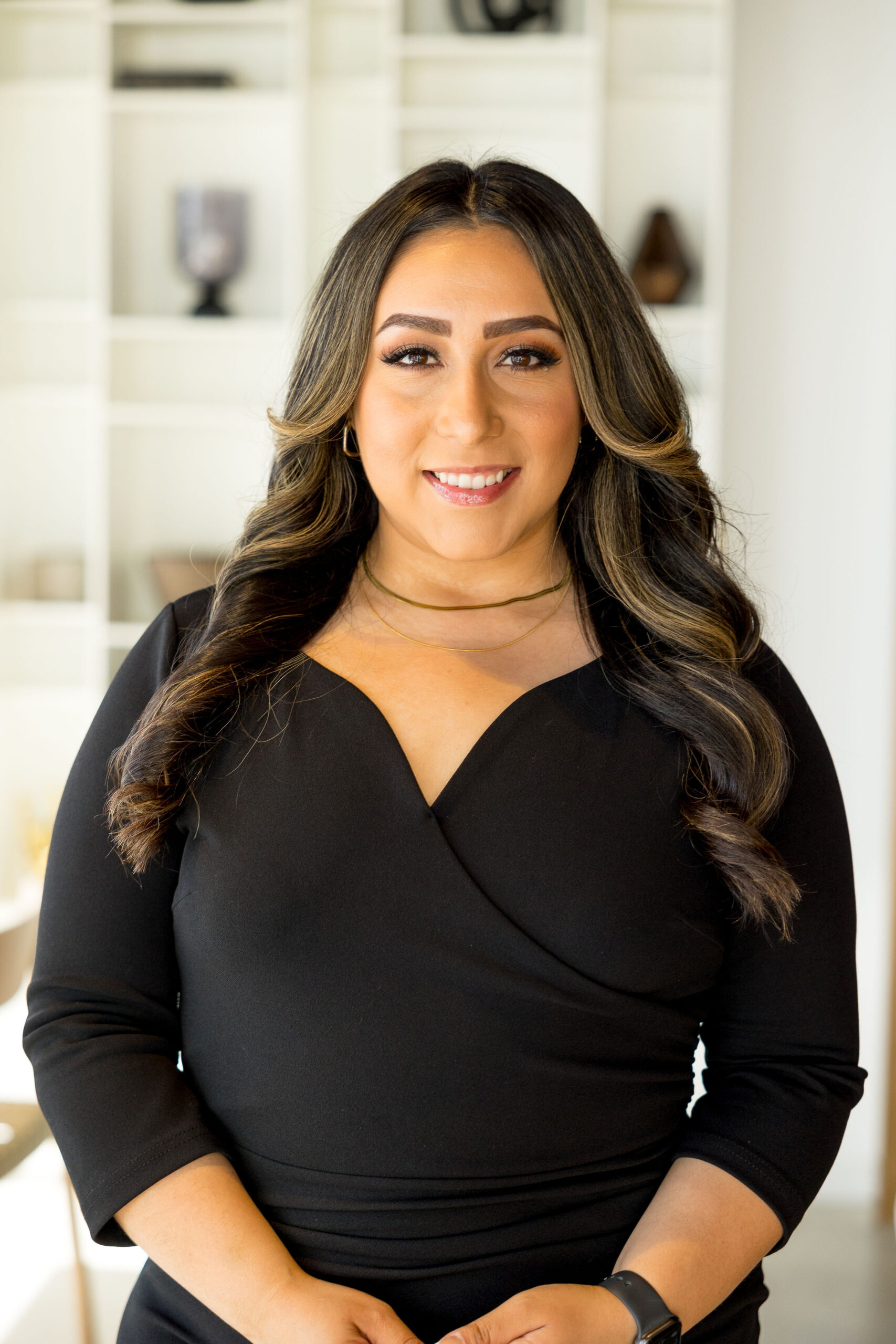They were denied emergency abortions after Roe was overturned. They just filed a landmark lawsuit.
More of This
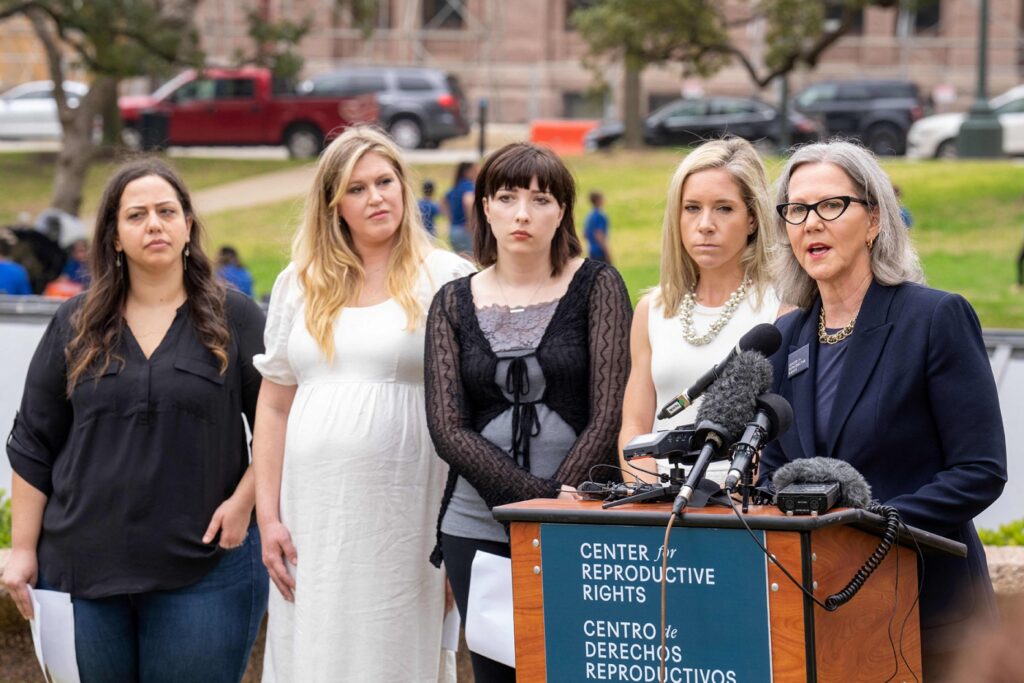
AMANDA ZURAWSKI ENDURED 18 months of “grueling” fertility treatment before she and her husband were able to conceive their daughter, Willow. She was in the middle of her second trimester, putting the finishing touches on the guest list for her baby shower, when she started experiencing what she thought of at the time as “curious” symptoms. Her cervix had dilated prematurely, and not long after, her water broke. Without amniotic fluid to protect her, Zurawski and her husband were informed Willow would not survive.
“I asked what can be done to ensure the respectful passing of our baby, and what could protect me from a deadly infection, now that my body was unprotected and vulnerable,” Zurawski recalled on Tuesday, speaking to reporters at a press conference outside the Texas State Capitol Building. “They explained there was nothing they could do.”
Because Willow’s heart was still beating, the Zurawskis were told they had to wait until she could get treatment. Three days later, she was checked into an intensive care unit with sepsis — an infection that nearly killed her.
Zurawski is the lead plaintiff in a lawsuit filed Monday by five Texas women who could not obtain abortions despite life-threatening medical complications. Her co-plaintiffs — whom Zurawski called “involuntary members of the most horrific club on the planet” — gathered together Tuesday to share their experiences and call on members of Texas’ legislature to add medical exceptions to the state’s multiple, overlapping abortion bans.
Read the story on Rolling Stone
In some states, judges have the power to force young people to give birth
Less of This

Anna V. Eskamani is a state representative and first Iranian American elected to any public office in Florida.
In January of last year, a 17-year-old girl in Florida was told by a county judge that he was denying her request to receive an abortion. “Jane Doe” was a junior in high school working three jobs that her father drove her to and from. She told the court that she felt she was too young and financially unstable to be a parent, and that having a child would end her dream of joining the military. But in part because her grade point average was too low, the judge ruled that she exhibited “a lack of intelligence” and was therefore not mature enough to make this decision.
She was forced into this situation because of a Florida law, passed in 2020, requiring anyone under 18 to get consent from a parent or legal guardian before they can receive an abortion. If a parent or legal guardian isn’t available—or if the young person believes involving them will have severe consequences like abuse, loss of housing, or family alienation—they can go before a judge to seek a waiver, in a stressful and traumatizing process called “judicial bypass.” More than one in 10 young people who have abortions in Florida go through this process.
When a judge denies a young person a petition for an abortion, they are deeming them too immature enough to have an abortion—but mature enough to become a parent.
Read the story on The Nation
Judges are making it harder to protect kids from guns
Speaking Of…
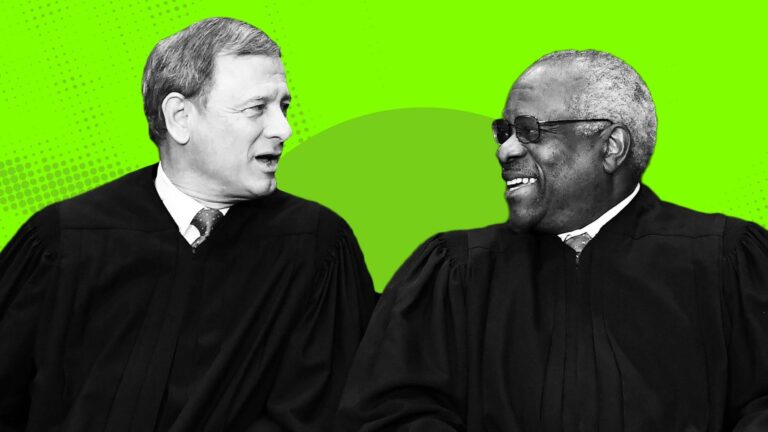
James LaRock is a practicing lawyer and legal podcaster.
Last year, the Supreme Court decided in New York State Rifle & Pistol Association v. Bruen that the Second Amendment prohibits gun regulations that are not “rooted in the Second Amendment’s text, as informed by history.” In English: Your elected representatives are no longer allowed to justify a gun regulation by arguing that the regulation is “reasonable,” or “isn’t taking anyone’s guns away,” or “saves lives.” Instead, they must argue that it’s the same kind of law that Congress would have passed when the Second Amendment was ratified.
For those keeping score at home, that was in 1791, before the invention of modern bullets, much less modern guns. Nevertheless, to adopt a rule to, say, keep guns out of polling places, the government must now “affirmatively prove” that its rule is “part of the historical tradition” of gun rights in this country.
Read the story on Balls & Strikes
The ominous rise of a new conservative legal theory
Perspective
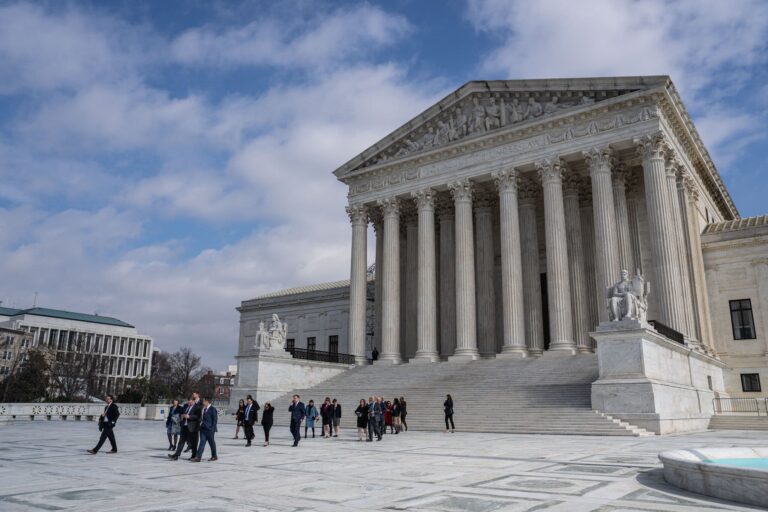
Adam Liptak is a lawyer and journalist who covers the United States Supreme Court for the New York Times.
It has been only eight months since the Supreme Court first invoked the “major questions doctrine” by name in a majority opinion, using it to limit the Environmental Protection Agency’s power to address climate change. Last week, the court seemed poised to use it again, to kill the Biden administration’s plan to cancel more than $400 billion in student loans.
In dissent in the climate case, Justice Elena Kagan wrote that the majority had engaged in a sleight of hand. When ordinary legal principles fail to thwart disfavored programs, she wrote, “special canons like the ‘major questions doctrine’ magically appear.”
The idea behind the major questions doctrine is that Congress must speak particularly clearly when it authorizes the executive branch to take on matters of political or economic significance. But what makes that idea a doctrine?
Read the story on NY Times




